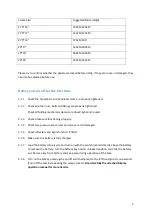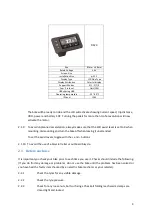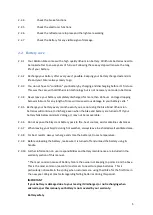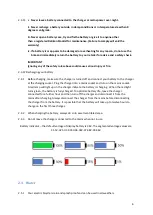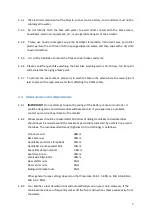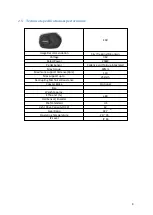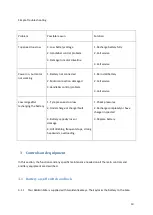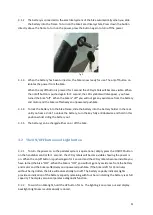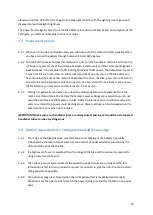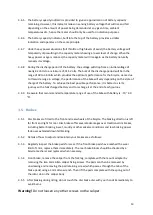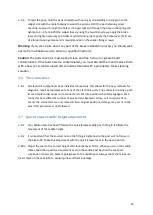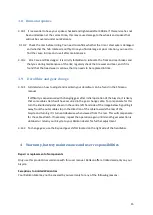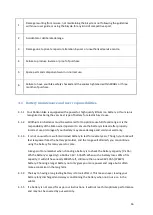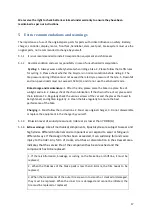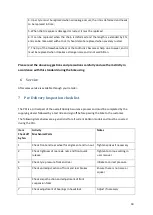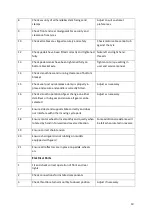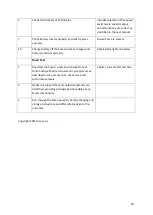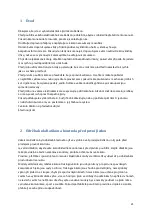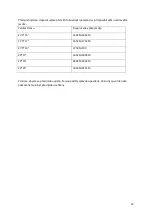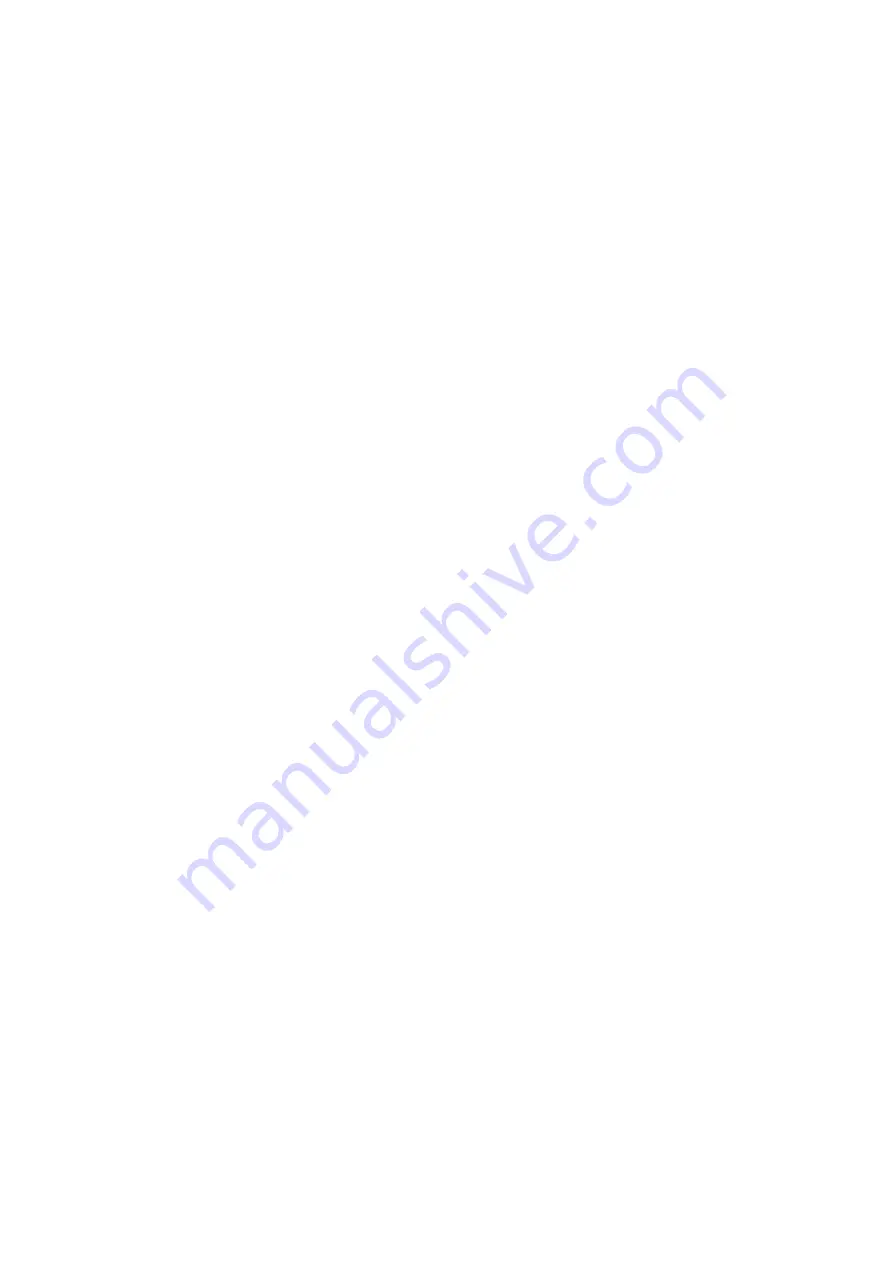
7
2.5.2 The electrical components of the bicycle, such as motor, battery, and controller, must not be
submerged in water.
2.5.3 Do not directly flush the bike with water to avoid direct contact with the brake levers,
handlebars, electronic equipment, etc., causing hidden dangers of the accident.
2.5.4 Please use neutral detergent, wipe the headlight lampshade, instrument case and other
plastic parts with a soft clean cloth or sponge dipped in water, and then wipe with a dry cloth
to avoid scratches;
2.5.5 It is strictly forbidden to refuel the front and rear brakes and tyres;
2.5.6 Please avoid frequent bike washing, the best bike washing cycle is 10-20 days, too frequent
will accelerate the aging of bike paint;
2.5.7 To protect the environment, please try to wash the bike in the place where the sewer pipe is
laid to prevent the road area water from affecting the traffic safety.
2.4
Maintenance and adjustments
2.6.1
IMPORTANT!
Do not attempt to open the casings of the battery, motor or controller. It
could be dangerous and all warranties will become void. If you experience a problem,
contact our service department or the retailer.
2.6.2 Wheel spokes should be checked after 300 miles of riding. Handlebar and saddle tubes
should never be raised beyond the maximum permissible, indicated by a safety line around
the tubes. The recommended torque (tightness) of crucial fixings is as follows:
Front axle nuts.
46N.m
Back axle nuts.
70N.m
Handlebar and stem clamp bolts.
12N.m
Handlebar stem expander bolt.
10N.m
Seat pillar clamp nut/bolt.
5-8N.m
Seat clamp nuts.
24N.m
Crank axle Allen bolts.
40N.m
Gear shifter nuts.
4N.m
Rear carrier nuts.
8N.m
Mudguard bracket nuts.
8N.m
Other general torque settings depend on the thread size. M4: 2.5-4.0N.m, M5: 4.0-6.0N.m,
M6
:
6.0-7.5N.m.
2.6.3 Your bike has a rear derailleur that will automatically tension your chain. However, if the
chain becomes loose or frequently comes off the front chain-wheel, please seek advice from
the dealer.



